From its very first forays into narrative storytelling, American cinema has made one thing abundantly clear: men gotta be tough. There’s little to no room for sensitivity in the world of the masculine. It makes you soft! You’re a sissy! Thus in most film schools, US film history and genre classes will look at classic American cinema and code melodramas with the feminine. While this is not entirely incorrect (most of the work made in this genre was centered on the experience of women), this trend created a cultural atmosphere that said: “men can’t cry, they can’t feel, that’s the women’s domain” it also looked at sports films and never considered that they might possibly fall into the melodrama category.
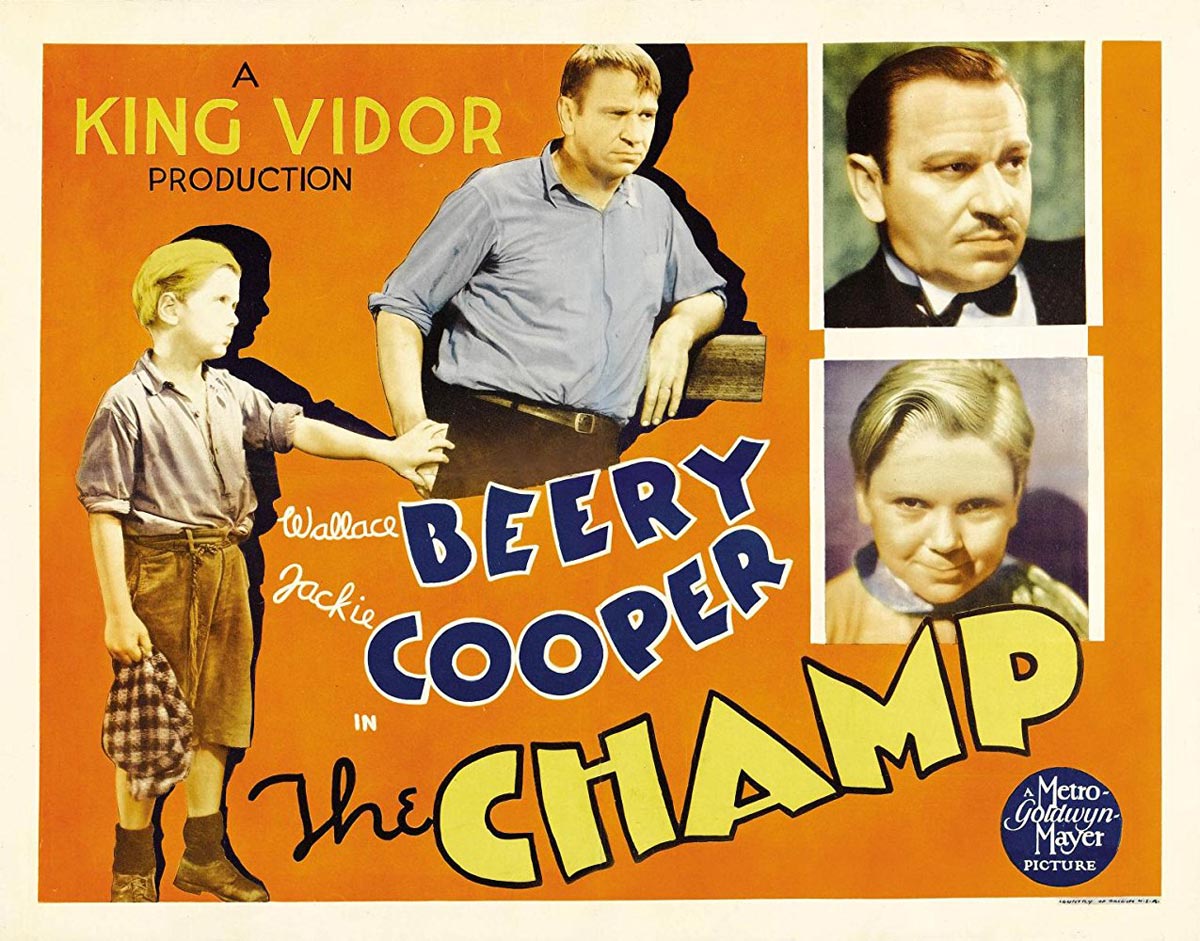
King Vidor’s excellent film, The Champ (1931), is not only a melodrama but it has been called a “male weepie.” So, whatever gender you identify with, bring a helluvalot of tissues. No matter how many times you see the film, it still punches you in the gut just as hard as Andy Purcell aka The Champ (Wallace Beery) is known to have knocked out opponents in the ring…or how he currently hits booze and gambling halls. If you’ve seen Darren Aronofsky’s 2008 film, The Wrestler, that would also count as a “male weepie.” But The Champ was really the first of this genre.
Storied to be the highest-paid screenwriter in Hollywood at the time, Frances Marion had already changed the game for women in film. An author of over 300 film stories and scenarios in her career, Marion directed films, wrote how-to film textbooks and was instrumental in advancing the careers of actresses like Marie Dressler, Mary Pickford and Greta Garbo. Significant in Frances Marion’s repertoire, The Champ was a big success upon release and has remained a classic. To this day, The Champ remains the champ of motion pictures about boxing/boxers. However, without Marion’s magic touch, this film would not have been 1/10th of what it is. Her ability to read Beery as a performer was what gave her the impetus to write the character of Champ.
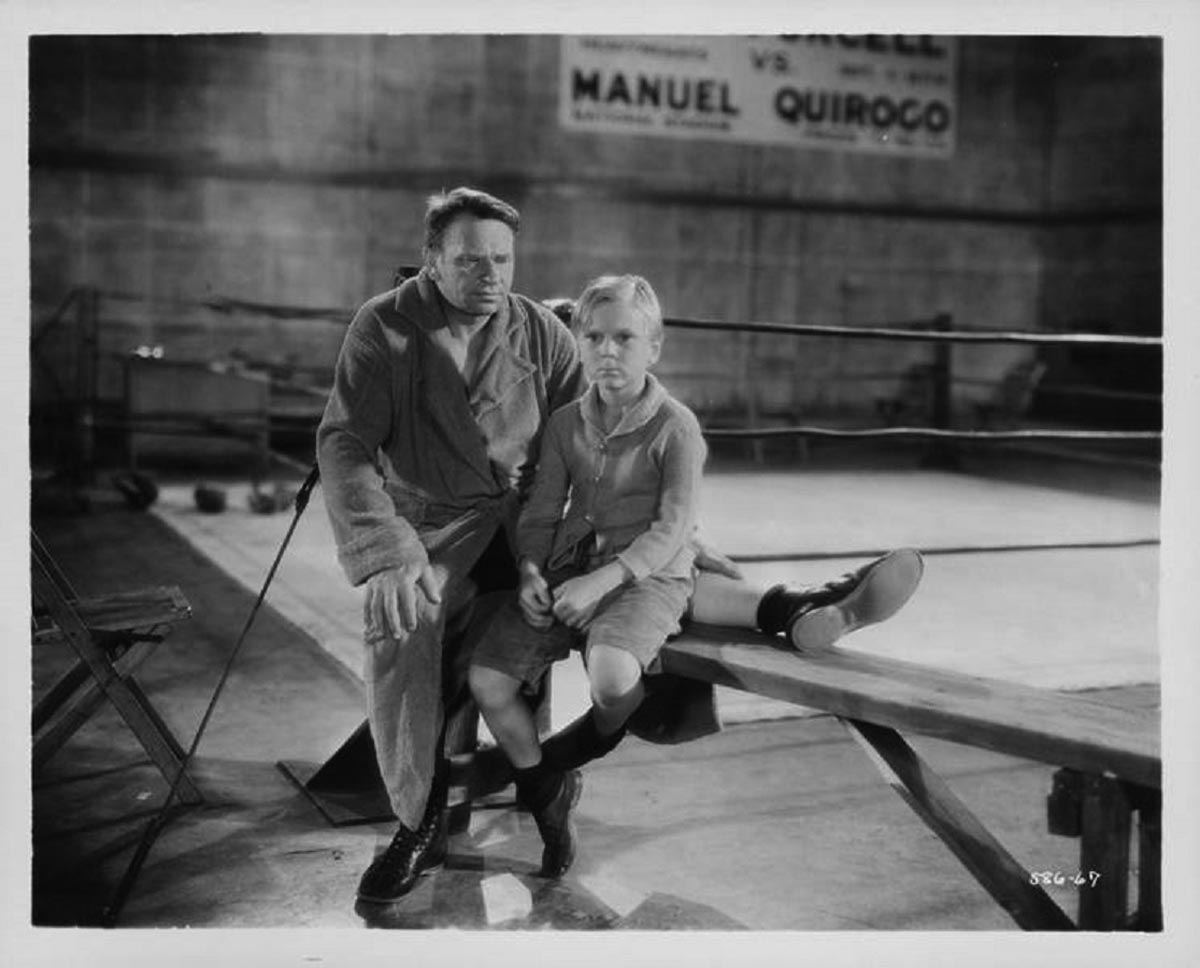
Marion had designed the role of The Champ especially for Beery after his standout performances in both The Big House (George W. Hill, 1930) and Min and Bill (George W. Hill, 1930), both scripted by Marion herself. When it came time for Marion to create The Champ, there was only one person who could be cast in the eponymous role: Wallace Beery. Originally, The Champ was to be a completely different film. In a conversation with MGM production head, Irving “boy genius” Thalberg, he had suggested to Marion that she write a Western. Having made her last 2 films with her now-ex-husband George W. Hill, she wanted something to get her own name out there, and feel more independent. Thalberg suggested a genre shift and she accepted.
So Marion made her way down to Mexico for a working vacation. What she returned with was not a Western but a boxing melodrama. Frances wandered the streets of Tijuana and Ensenada for inspiration and came upon a scene that completely changed her mind and the story. As she walked through town, she saw a saloon. Suddenly, a large drunken man charged through its doors, a child trailing out after him. Marion clearly heard the young boy shout to the growing crowd, “Can’t you see the Champ needs some air?” As Cari Beauchamp writes, Frances Marion had “gone to Mexico looking for a Western but returned to Irving’s office with a self-styled tearjerker, the tale of a drunken ex-prizefighter and his son which she called The Champ.”
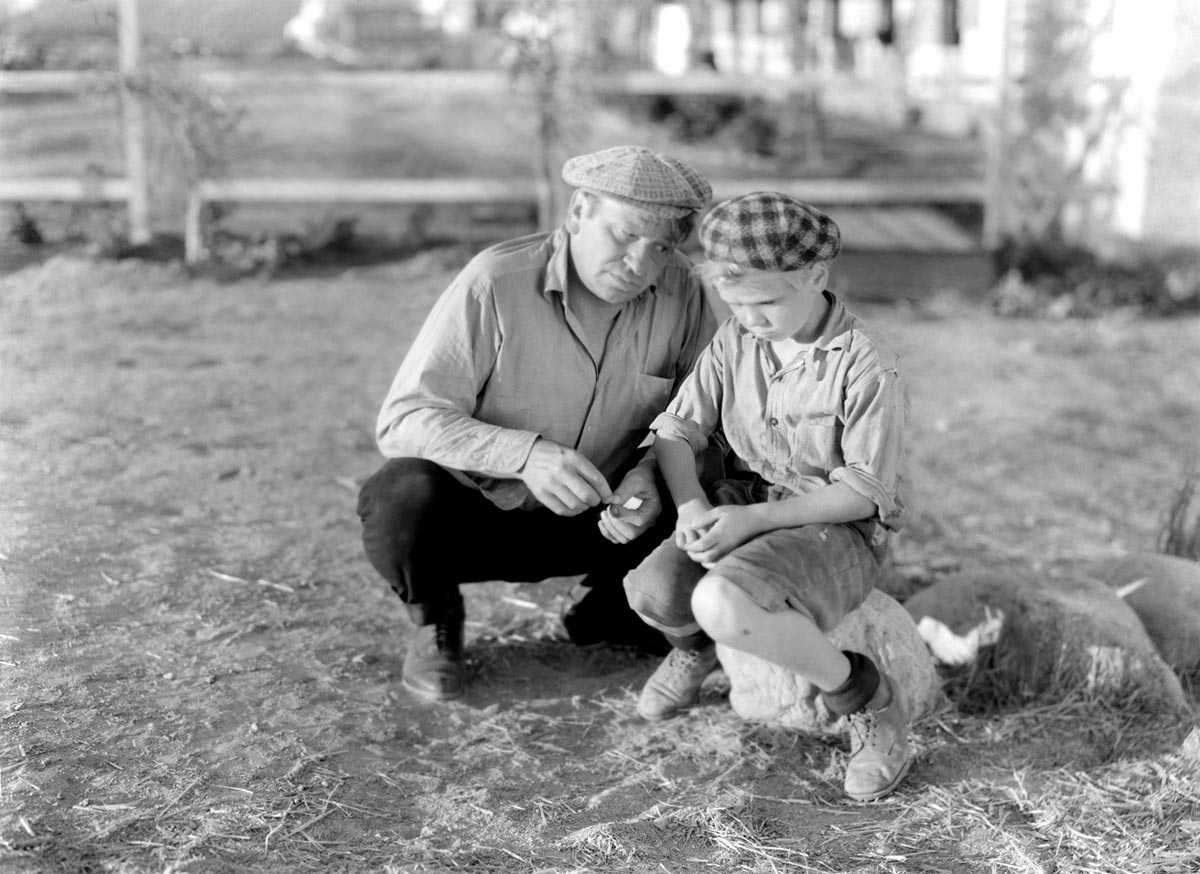
Nominated for a variety of Oscars at the 5th Academy Award Ceremony in 1933 including Best Director, Best Picture, and Best Production, Frances Marion won the “best story” Academy Award for The Champ while Wallace Beery walked away with a much-deserved Best Actor Oscar. This was no small thing for an actor who started his professional life as an assistant elephant trainer in the circus. Beery was notably a difficult man to work with and his personal life was not one to look into if you value his acting. But Marion and Beery had a curiously strong and valuable relationship that allowed the story that she wrote to come through in a powerful way. Thalberg’s initial response to reading Marion’s treatment of The Champ was “I’d like to own the handkerchief concession on your soap opera” and much of that is due to the sweet and sour, hard and soft, breathtakingly brilliant approach that Beery took to the character he played.
There is nothing dated in this work. That’s the glory of it. America still loves boxing, gambling, horseracing. We still have raging addiction and poverty issues. What makes this film stand out above all others is its focus on the deep relationship between a man and his son. Amongst the gambling problems, the alcoholism, Champ’s inability to keep enough money around to properly feed and clothe them both, The Champ clearly loves his kid Dink (Jackie Cooper) and Dink would be lost without The Champ.
Each time I watch it, I always wonder: where are the rest of the films about father/son relationships? Some exist, but not quite on this level. They’re either too saccharine or too “you gotta tough it out, kid!” The Champ is a great example of a film that reaches a happy medium. Sure, it’s a little dramatic, but it still gets the point across and hits home. I’ve read a few articles on this film and they talk about how it “reverses the melodrama” or “inverses maternal relationship representation” and that drives me bonkers. There IS a mother in the film. So it’s not that there isn’t maternal representation here. That’s just ludicrous. What these academics or film critics ignore is that there is a tender and beautiful bond between a father and son that is rarely (if ever) depicted in American cinema.
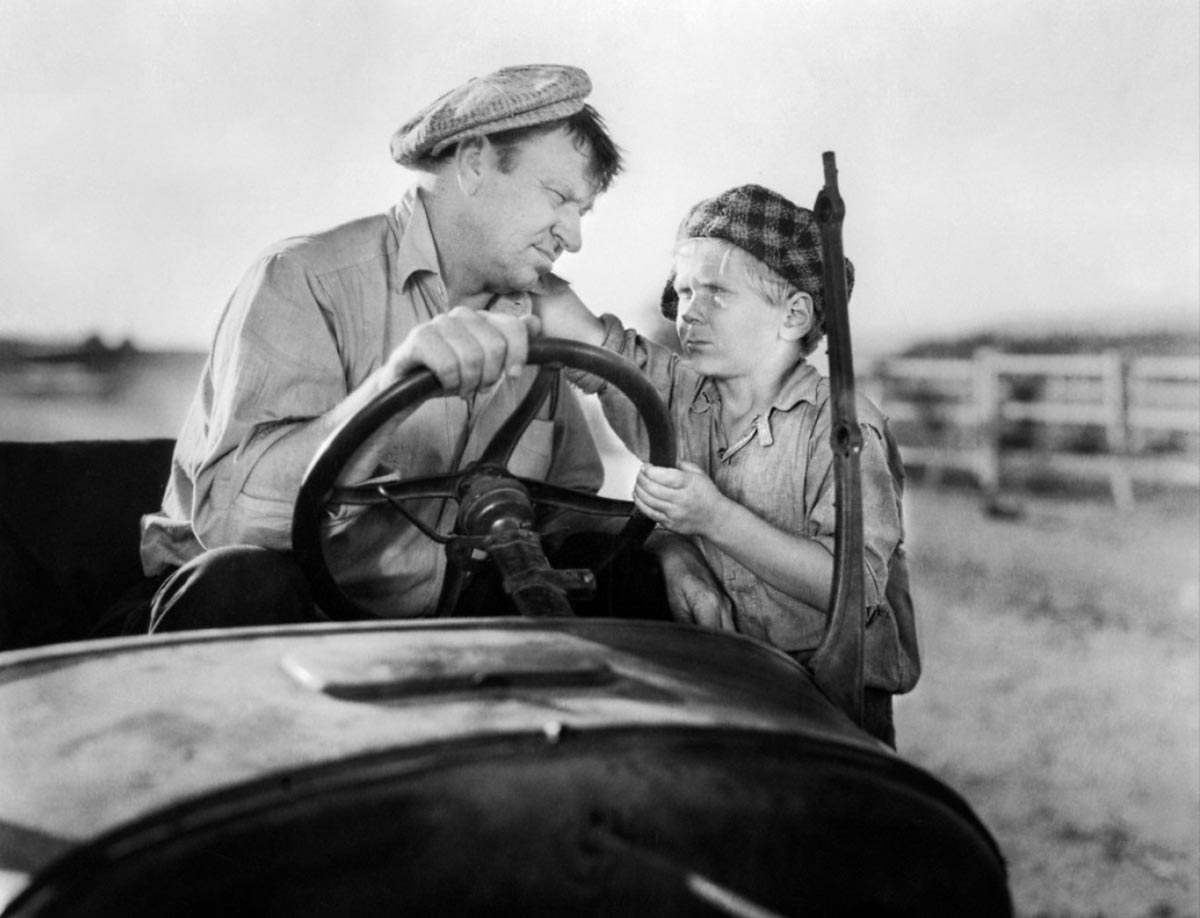
While their roles are ever-shifting as to who plays caretaker and who is being cared for, there is no question about the sheer amount of love that exists in this father-son pairing. So every time The Champ disappoints Dink, it’s not just heartbreaking, it’s shattering. Jackie Cooper’s performance matches Beery’s in its authenticity. Various articles at the time insist the two actors did not get along, but their professional relationship was clearly beyond any personal adversarial issues they had. Indeed, the two went on to make The Bowery (Raoul Walsh, 1933), Treasure Island (Victor Fleming, 1934) and O’ Shaughnessy’s Boy (Richard Boleslawski, 1935) together. They made an excellent cinematic team!
The male weepie is a highly underexplored genre. Recent films like Moonlight (Barry Jenkins, 2016) have not only modernized the genre but also updated it in a stunning and progressive way. The structure and emotional resonance remain unchanged. Additionally, the need for men to be able to identify and connect with their tears is just as critical. The heartbreak deep within The Champ is as hardcore as that of Moonlight. Further explicated as a masculine-coded melodrama, the male weepie is more than just a dudely tearjerker or a dramatic film with guy themes. Melodrama is defined as “a sensational dramatic piece with exaggerated characters, exciting events intended to appeal to the emotions.” By keeping this definition in mind and remembering that male weepies are essentially melodramas with a focus on the masculine, we may be able to better appreciate the value of these films as a collective force.
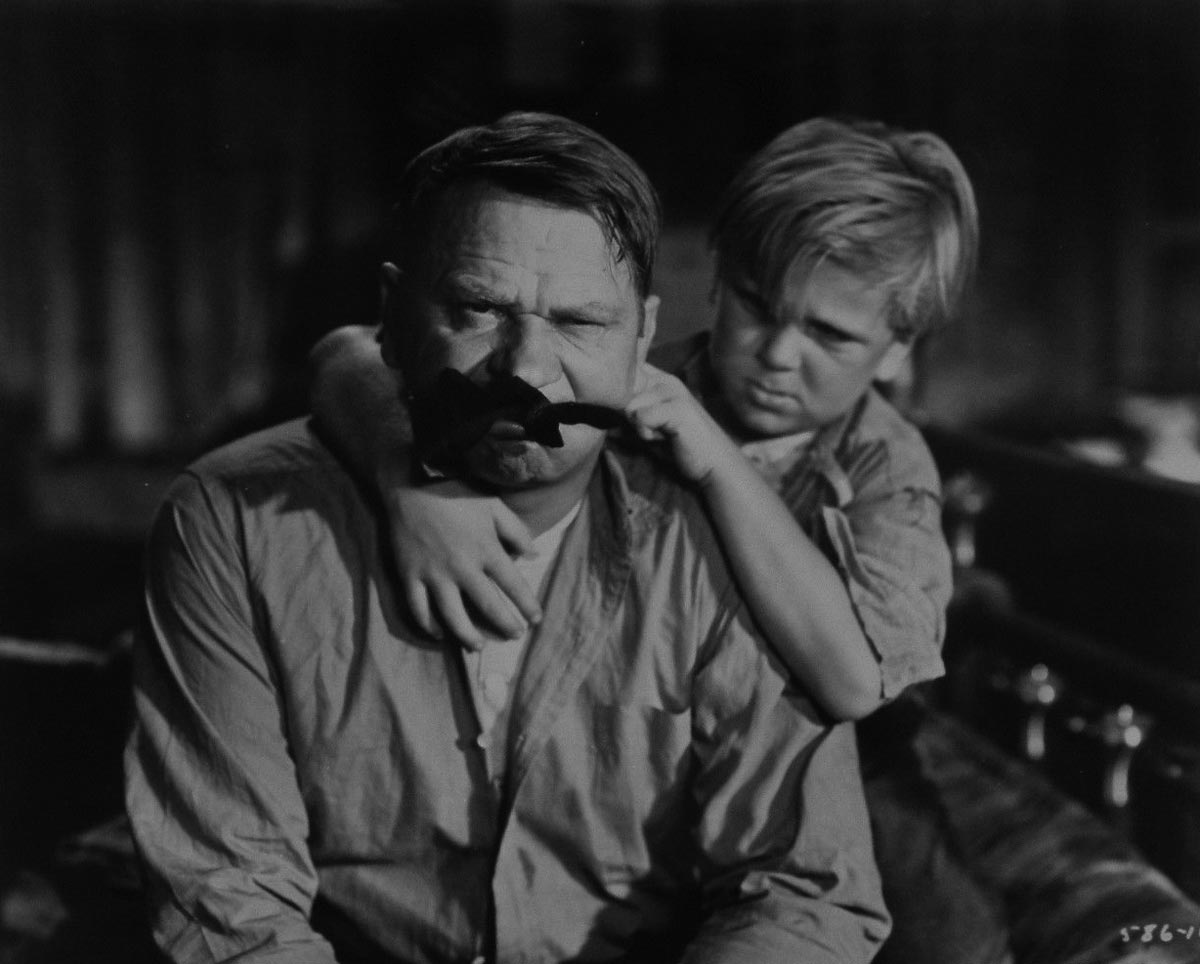
Every boxing, wrestling or extreme sports drama falls under the category of male weepie. This genre includes every Rocky movie, The Fighter (David O. Russell, 2010) and Warrior (Gavin O’Connor, 2011). Requiem for a Heavyweight (Ralph Nelson, 1962) is a male weepie as is Raging Bull (Martin Scorsese, 1980). One of my favorites, Fat City (John Huston, 1972), definitely qualifies and Real Steel (Shawn Levy, 2011) counts whether you like it or not. These are, of course, only the sports-related films. There are a few action-related films that fall into this category and a handful of movies that people relegate to the drama section. The importance of many of these films is that they point out the brokenness of men as well as their value. Not a single one of these films praises its protagonist or worships masculinity, saying it’s healthy. They are all extensively critical of the kind of Tough Guy Values that lead our “heroes” to these situations.
The Champ is tops in this regard. It allows every criticism of The Champ that you could think of. He’s a gambler, a loser, and an alcoholic. He’s a bad provider. He takes his kid to saloons, gambling houses and racetracks. Champ has no boundaries or rules. And when he fucks up, he fucks up bad. But he’s not the one who bears the brunt of the gaffe or misstep- it’s Dink. Dink’s entire life has been this; he doesn’t know any different. Watching their exchanges, we know that this is their narrative. But it doesn’t make it any easier to watch or any easier to swallow. Every time Dink’s face lights up, it’s like blue skies and the bright sun shining! Conversely, when Dink’s face falls due to something Champ has done, there is nothing sadder or more hopeless. Jackie Cooper gave this character something really special.
While many films came afterwards that explored the emotional territory of the parental relationship and how traditional masculinity could really fracture a man’s identity or sense of self in comparison to what he FELT, The Champ is one of the first films to identify the value of those things. These are complex discussions and (more often than not) ignored ones. It definitely took a woman to write this story, but one can only hope that men will take the much-needed and valuable lessons that it has to teach.


